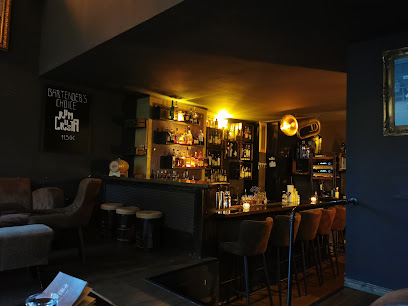
Bremen's Bismarck Monument: A Bronze Equestrian Tribute
Discover Bremen's Bismarck Monument: A bronze equestrian statue honoring Germany's "Iron Chancellor" on Domshof, reflecting a pivotal era in European history.
The Bismarck Monument in Bremen, a bronze equestrian statue erected in 1910, stands as a powerful tribute to Otto von Bismarck, the first Chancellor of the German Empire. Located prominently on Domshof, near Bremen Cathedral, the monument depicts Bismarck in a cuirassier uniform, holding a scroll symbolizing the imperial constitution. This impressive sculpture reflects the historical reverence for Bismarck as the "forger of German unity" and offers visitors a glimpse into the nationalistic fervor of the late 19th and early 20th centuries. The monument's location near other key landmarks makes it a central point for exploring Bremen's rich history and architectural beauty. Its imposing presence and artistic details make it a must-see for anyone interested in German history and monumental art, providing a tangible link to a pivotal era in European history.
A brief summary to Bismarck monument
- Domshof, Bremen, Mitte, 28195, DE
Local tips
- Visit early in the morning or late afternoon to avoid crowds and capture the best light for photographs.
- Combine your visit with a tour of the Bremen Cathedral and the historic city center for a comprehensive experience.
- Take a moment to read the inscriptions on the monument's base to understand its historical context.
Getting There
-
Public Transport
From Bremen Hauptbahnhof (main train station), take tram lines 4 or 6 towards the city center. Get off at the Domsheide or Schüsselkorb stop. From either stop, it's a short walk towards the Bremen Cathedral and Domshof, where the Bismarck Monument is located. A single tram fare is approximately €2.60.
-
Walking
From the Marktplatz (market square), walk towards the Bremen Cathedral. The Bismarck Monument is situated on Domshof, the square directly in front of the cathedral. The walk is short and straightforward, taking only a few minutes.
-
Taxi/Ride-Share
A taxi or ride-share from Bremen Hauptbahnhof to Domshof will typically cost between €8 and €12, depending on traffic. The journey usually takes around 5-10 minutes.
-
Driving
If driving, be aware that parking near Domshof is limited and can be expensive. Several parking garages are available in the city center, such as the Katharinenklosterhof car park. Expect to pay around €3-4 per hour for parking.
Discover more about Bismarck monument
Iconic landmarks you can’t miss
Bismarck monument
0.0 km
Discover the Bismarck Monument in Bremen's Domshof: a bronze equestrian statue commemorating Germany's Iron Chancellor and a pivotal figure in European history.
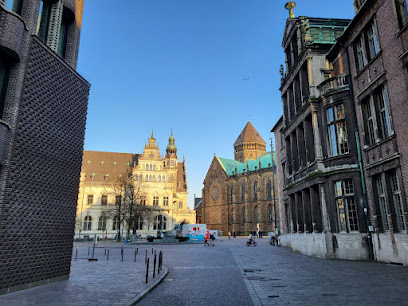
Heralds at Bremen City Hall
0.0 km
Discover the Heralds at Bremen City Hall, a UNESCO World Heritage site, where history and art converge in stunning equestrian statues, embodying Bremen's enduring spirit.
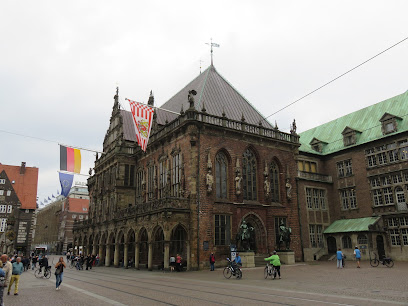
Tower Blowers Fountain
0.1 km
Discover Bremen's musical heritage at the Tower Blowers Fountain, a captivating bronze sculpture beside the iconic Cathedral, celebrating centuries of tower musicians.
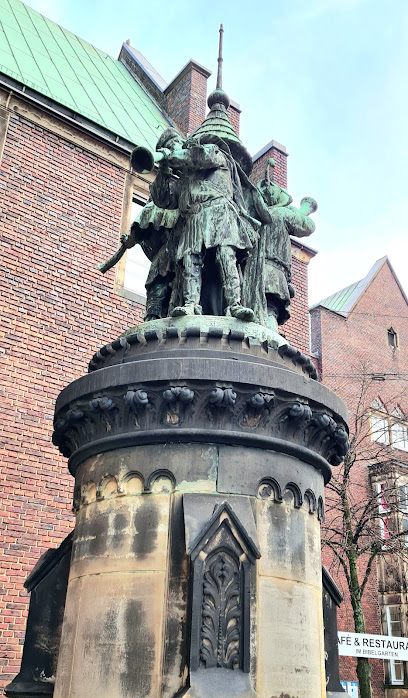
Dom-Museum
0.1 km
Discover Bremen's rich ecclesiastical history at the Dom-Museum, nestled within the iconic St. Peter's Cathedral, showcasing medieval treasures and artifacts from bishop's tombs.
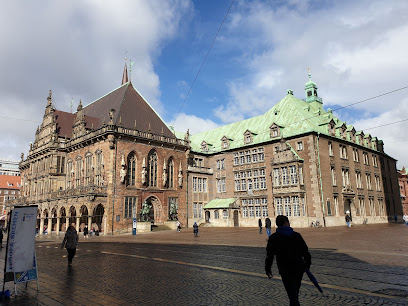
Garten der Bürgerschaft, der Hansestadt Bremen
0.1 km
Discover a tranquil sculpture garden in Bremen's heart, showcasing Gerhard Marcks' art beside the historic Parliament building, offering a serene escape on the Marktplatz.

Bringer of Light
0.2 km
Discover Bremen's enchanting Böttcherstraße: A unique Expressionist street blending art, history, and culture, featuring museums, artisan workshops, and the iconic Glockenspiel.
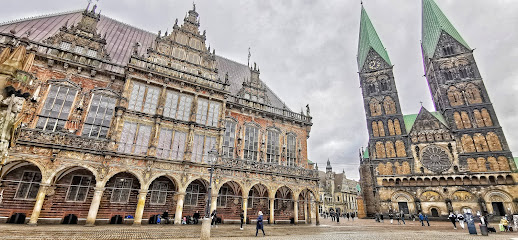
Seven Lazy Brothers Fountain
0.2 km
Discover the whimsical Seven Lazy Brothers Fountain in Bremen's Böttcherstraße, a tribute to a local legend of ingenuity and perseverance amidst stunning expressionist architecture.
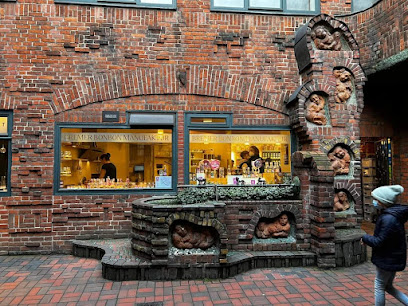
Roselius-Haus Museum
0.2 km
Explore the Roselius-Haus Museum in Bremen, a captivating journey through the city's rich artistic and cultural heritage.

St. John's Church
0.2 km
Discover St. John's Church in Bremen's Schnoor: A 14th-century Brick Gothic masterpiece with a rich history, serene ambiance, and vibrant community spirit, nestled in a charming medieval quarter.

Atlantis House
0.3 km
Discover Atlantis House in Bremen's Böttcherstraße: An architectural gem blending Art Deco and Expressionism, steeped in history and esoteric intrigue, offering a unique cultural experience.
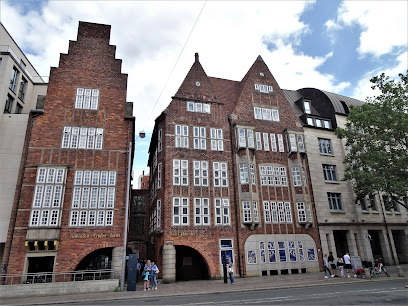
Shepherd with pigs
0.3 km
Meet Bremen's beloved 'Sögeschweine' sculpture: a charming bronze depiction of a shepherd and his pigs, celebrating the city's history and offering a delightful photo opportunity on Sögestraße.
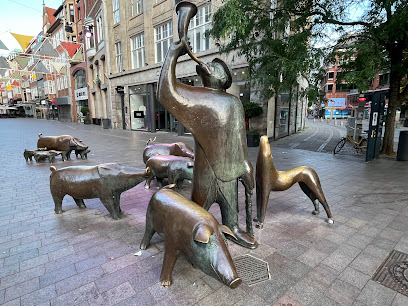
Forum am Wall
0.3 km
Explore Bremen's Forum am Wall: A historic Neo-Renaissance building transformed into a vibrant cultural hub, housing the central library, exhibitions, and events in the heart of the city.
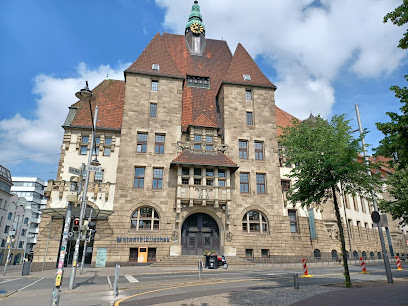
Kleinstes Haus Deutschlands
0.3 km
Discover Germany's Smallest House in Bremen's historic Schnoor district: a charming testament to resourceful living and a unique glimpse into the city's captivating past.
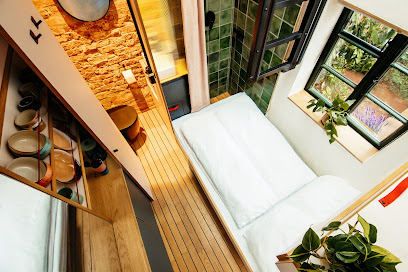
Martinianleger
0.3 km
Discover Bremen's maritime heart at Martinianleger: a historic pier offering river cruises, scenic views, and a vibrant connection to the city's Hanseatic past.
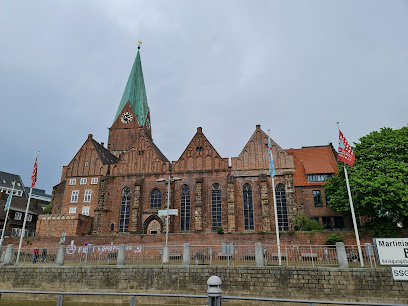
Ottjen-Alldag-Brunnen
0.4 km
Discover the Ottjen Alldag Fountain in Bremen's Schnoor, a tribute to local author Georg Droste, blending art, history, and the charm of the city's oldest quarter.
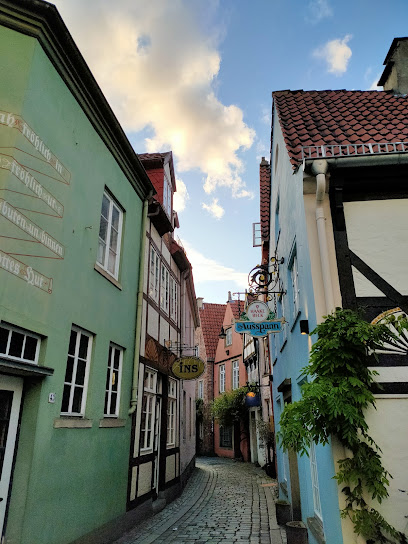
Unmissable attractions to see
Bremen Town Hall
0.1 km
Discover the architectural beauty and rich history of Bremen Town Hall, an iconic symbol of the city's heritage and a UNESCO World Heritage site.
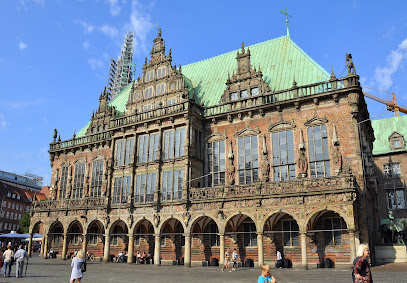
Bleikeller
0.1 km
Explore Bleikeller, a historical underground site in Bremen that unveils the city's rich past beneath the iconic St. Peter's Cathedral.
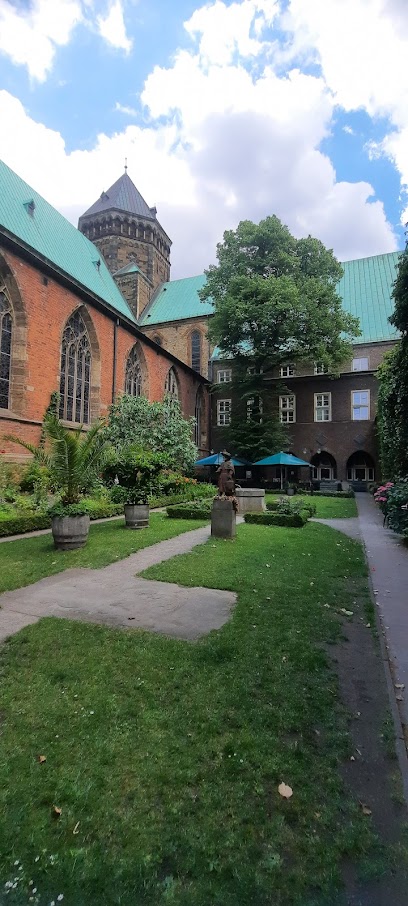
Bremen Hole
0.1 km
Explore the historical charm and vibrant culture of Bremen Hole, a must-see attraction in the heart of Bremen, Germany.

Domshof
0.1 km
Experience the vibrant heart of Bremen at Domshof, a stunning plaza surrounded by iconic architecture and lively local culture.
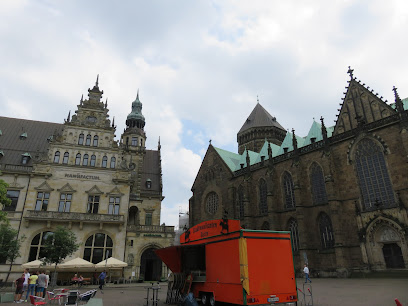
Bremen Roland
0.1 km
Discover Bremen Roland, a UNESCO World Heritage Site and a symbol of the city's independence, nestled in the vibrant Market Square of Bremen.
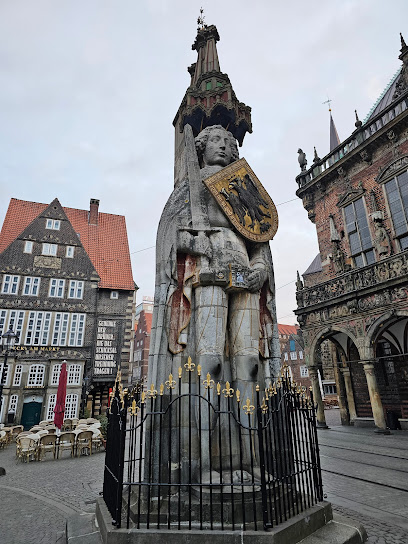
Town Musicians of Bremen
0.1 km
Explore the whimsical world of the Town Musicians of Bremen, where fairy tales come to life in a charming blend of history and culture.
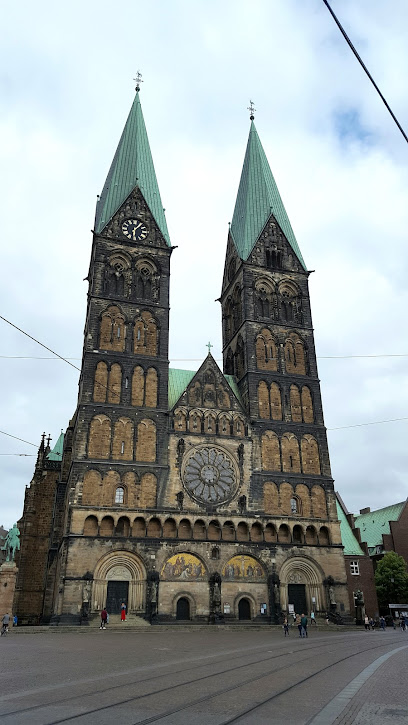
Bremer Marktplatz
0.1 km
Discover Bremen's historic charm at Bremer Marktplatz, where stunning architecture and vibrant local culture come together in a lively town square.
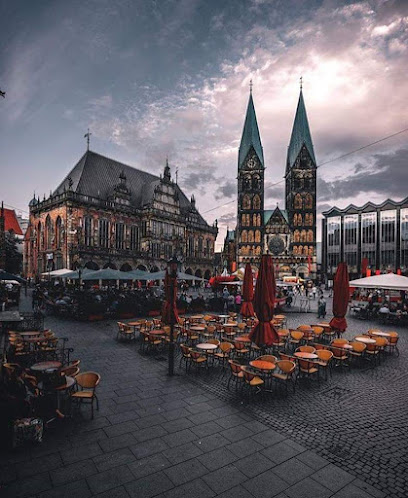
Bremen Market Square
0.1 km
Explore Bremen Market Square, a historic landmark filled with stunning architecture, vibrant atmosphere, and rich cultural experiences in the heart of Bremen.
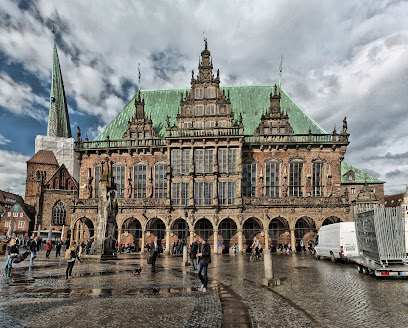
Börsenhof A
0.1 km
Explore Börsenhof A in Bremen: A stunning historical landmark showcasing the city’s rich architectural and cultural heritage.
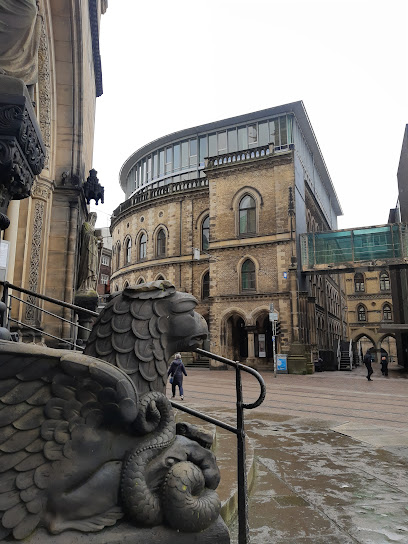
Domshof-Wochenmarkt
0.1 km
Explore the bustling Domshof-Wochenmarkt in Bremen, where fresh produce, local delicacies, and vibrant community life come together in a charming setting.

Haus Schütting
0.1 km
Experience the architectural beauty and rich history of Haus Schütting, a premier historical landmark in Bremen's vibrant market square.
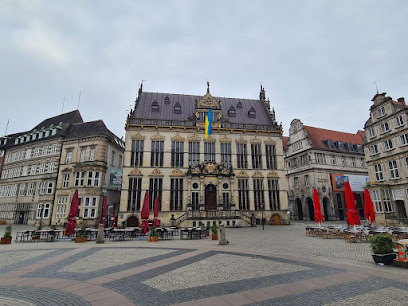
Marcus Fountain
0.1 km
Discover the Marcus Fountain, a historical landmark in Bremen, where beauty and tranquility blend seamlessly in the heart of Bürgerpark.
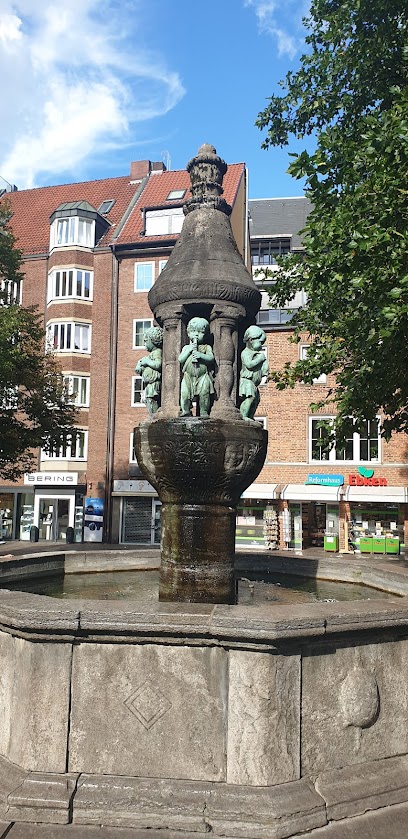
Glockenspiel House
0.2 km
Discover the charm of Bremen at the iconic Glockenspiel House, where history and melody harmoniously come together in a stunning display.
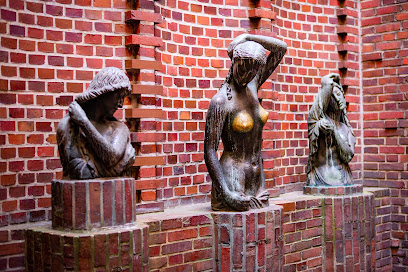
Böttcherstraße
0.2 km
Explore Böttcherstraße, Bremen's artistic gem, where stunning architecture meets vibrant culture and history.
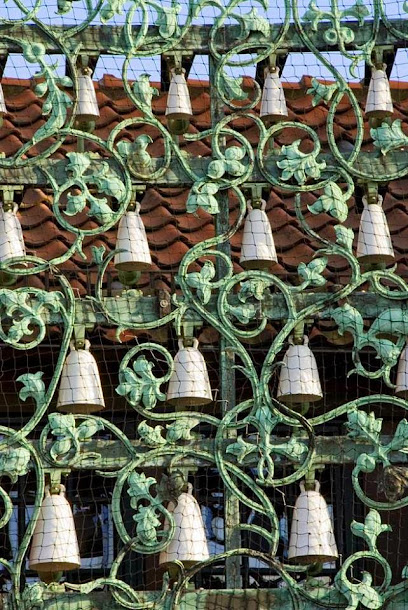
Holzskulptur der Stadtmusikanten
0.2 km
Explore the whimsical Holzskulptur der Stadtmusikanten in Bremen, a captivating wooden sculpture celebrating the magic of fairy tales.
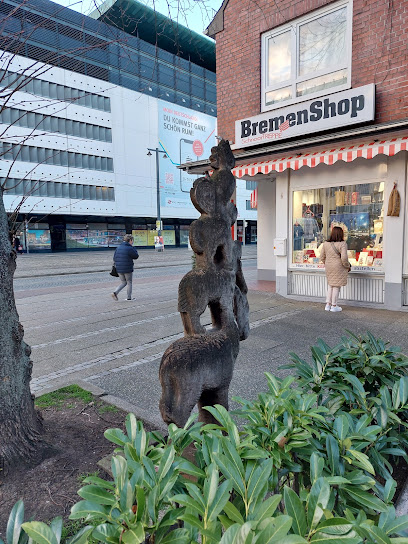
Essential places to dine
Bremen Ratskeller
0.1 km
Experience authentic German cuisine in a historic setting at Bremen Ratskeller - where tradition meets taste in every bite.
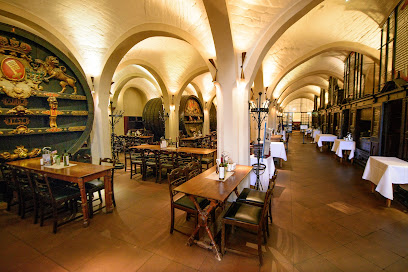
Due Fratelli
0.1 km
Experience exquisite Italian cuisine at Due Fratelli in Bremen - where tradition meets modern elegance.
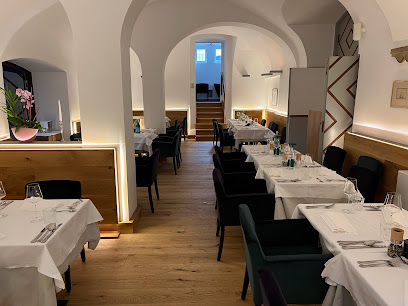
John Benton Restaurant
0.1 km
Experience exquisite steaks and authentic German dishes at John Benton Restaurant in Bremen's lively center.
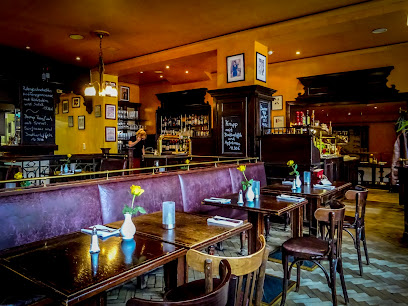
Beck's Bistro - Bremen
0.1 km
Experience delightful dining at Beck's Bistro in Bremen – where local flavors meet warm hospitality for an unforgettable meal.
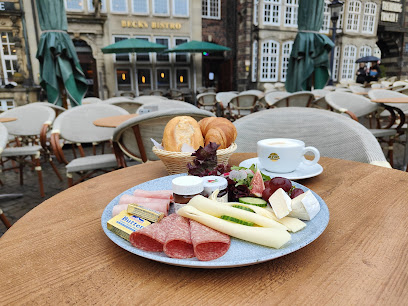
La Bottega
0.1 km
Experience authentic Italian cuisine at La Bottega in Bremen – where every meal is a celebration of flavors.
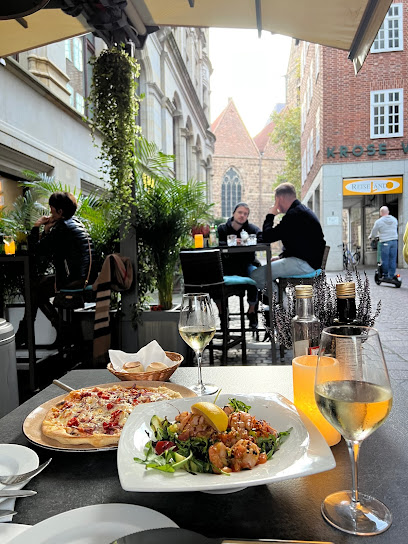
Q1 - Metropolitan Kitchen & Bar
0.2 km
Discover a culinary gem in Bremen with diverse flavors from American to Asian cuisine at Q1 - Metropolitan Kitchen & Bar.
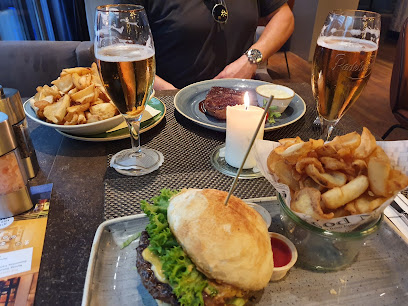
Kleiner Ratskeller
0.2 km
Discover authentic German flavors at Kleiner Ratskeller, where traditional dishes meet warm hospitality in the heart of Bremen.
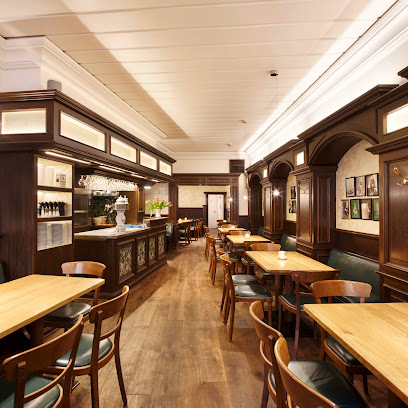
Schüttinger Gasthausbrauerei
0.2 km
Discover the authentic flavors of Bremen at Schüttinger Gasthausbrauerei - where traditional German cuisine meets house-brewed beer.
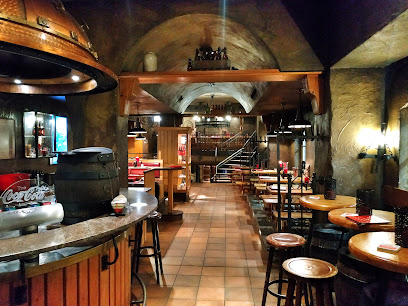
Fischrestaurant Knurrhahn
0.2 km
Discover exquisite seafood delights at Fischrestaurant Knurrhahn in Bremen, where fresh flavors meet inviting ambiance for an unforgettable dining experience.
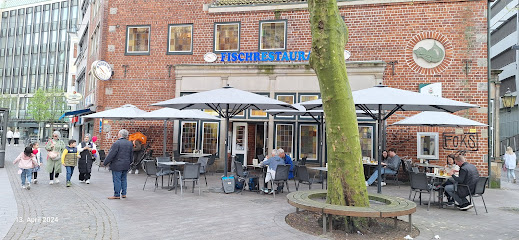
alto
0.2 km
Experience exquisite dining at Alto in Bremen – where local flavors meet international cuisine in an elegant setting.
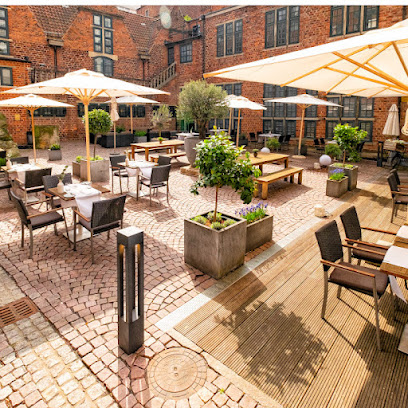
Ständige Vertretung Rheinland Bremen
0.2 km
Discover authentic German cuisine at Ständige Vertretung Rheinland Bremen—where tradition meets flavor in a cozy atmosphere.
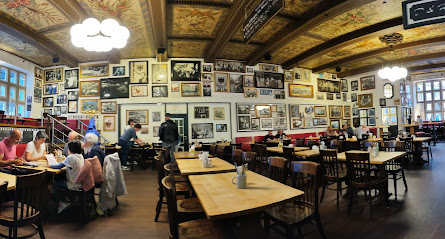
THE LOBBY
0.2 km
Experience culinary excellence at The Lobby in Bremen - where innovative dishes meet cozy ambiance for unforgettable dining.

September
0.3 km
Experience exquisite dining at September Restaurant in Bremen - where modern cuisine meets local flavors in an inviting atmosphere.
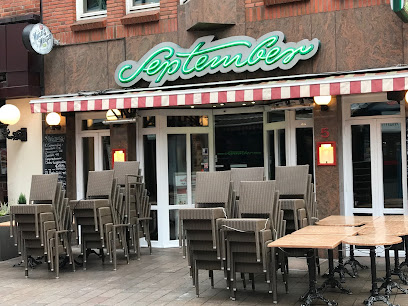
Gasthof zum Kaiser Friedrich
0.3 km
Discover the heart of German culinary tradition at Gasthof zum Kaiser Friedrich in Bremen—where every dish tells a story.
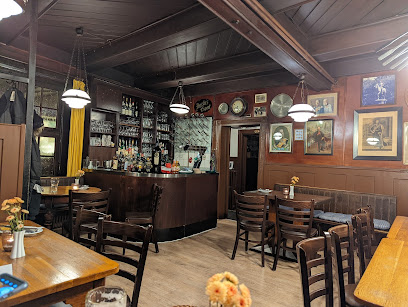
Comturei
0.3 km
Experience authentic German cuisine at Comturei in Bremen, where local flavors meet modern dining in a charming atmosphere.
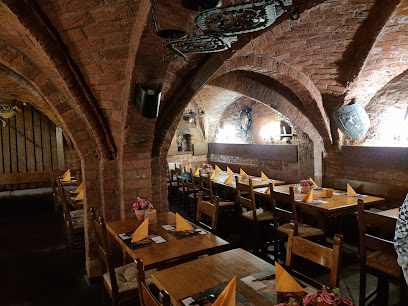
Markets, malls and hidden boutiques
Manufactum Warenhaus
0.1 km
Discover unique gifts and local treasures at Manufactum Warenhaus, Bremen's premier destination for quality home goods, clothing, and gourmet groceries.
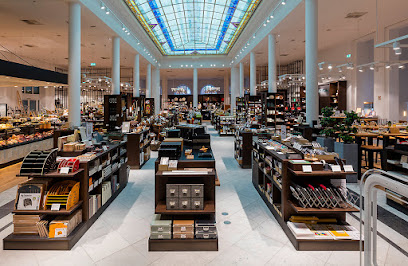
Stadtwaage
0.1 km
Discover the heart of Bremen's shopping scene at Stadtwaage, where local charm meets modern retail in a vibrant department store.
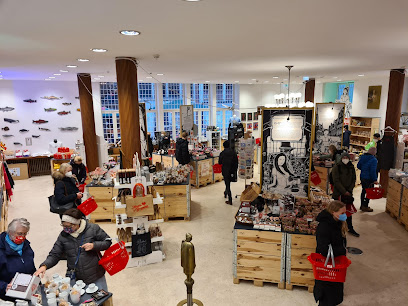
Martinshof City Shop
0.1 km
Experience the essence of Bremen's local flavors at Martinshof City Shop, your go-to grocery destination for fresh and organic products.
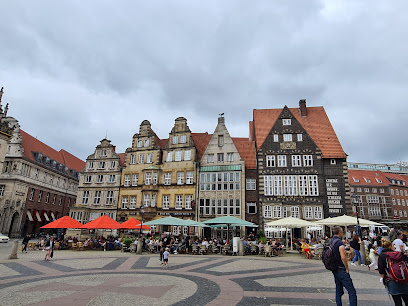
Bremen Chocolade HACHEZ
0.1 km
Experience the exquisite taste of Bremen Chocolade HACHEZ, where artisanal chocolate meets rich tradition in the heart of Bremen.

Domshof Passage
0.2 km
Explore Domshof Passage in Bremen - a vibrant shopping mall blending modern retail with historic charm, perfect for all kinds of shoppers.
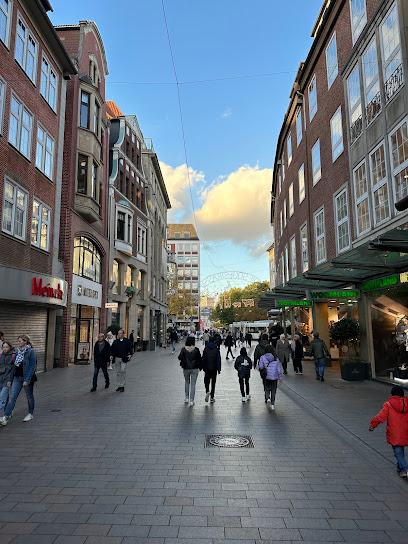
Sieben-Faulen-Laden
0.2 km
Explore a delightful range of unique souvenirs at Sieben-Faulen-Laden in Bremen, capturing the essence of the city's culture and craftsmanship.

Werkschau-Laden
0.2 km
Explore Werkschau-Laden in Bremen for unique gifts and local artisan crafts that embody the spirit of the city.

Bremer Bonbon Manufaktur
0.2 km
Explore the enchanting Bremer Bonbon Manufaktur for handcrafted sweets that delight the senses in the heart of Bremen, Germany.
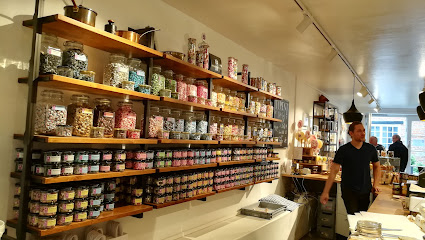
Böttcher 8
0.2 km
Explore Böttcherstraße 8 in Bremen for an enchanting selection of handmade cosmetics and home goods that embody local creativity and craftsmanship.
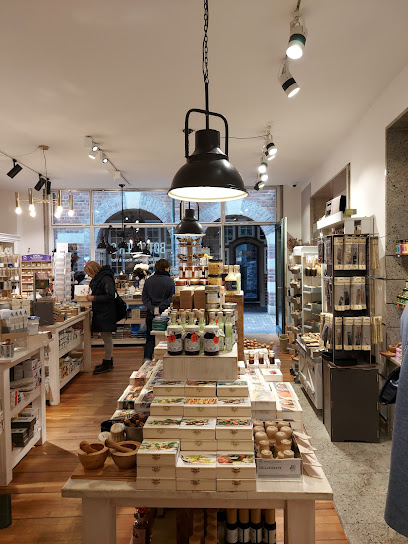
Wolford Boutique Bremen
0.2 km
Discover luxury fashion at Wolford Boutique Bremen, where exquisite lingerie meets stylish women's clothing in an elegant setting.

Karstadt Bremen
0.2 km
Explore the vibrant Karstadt Bremen, a shopping paradise in the heart of the city offering fashion, home goods, and delightful local culture.

HUT.de Store Bremen
0.2 km
Explore HUT.de Store Bremen for a unique selection of stylish hats, blending quality craftsmanship with local culture in a welcoming atmosphere.

HELLO GOOD BUY
0.2 km
Explore Hello Good Buy in Bremen, where vintage fashion meets sustainable shopping in a charming used clothing store.

SWAROVSKI Bremen
0.2 km
Explore the exquisite world of SWAROVSKI in Bremen, where luxury meets creativity in stunning crystal designs and elegant fashion accessories.

LUSH Cosmetics Bremen
0.2 km
Discover the enchanting world of LUSH Cosmetics in Bremen, where fresh, handmade beauty products meet sustainability and creativity.

Essential bars & hidden hideouts
Spitzen Gebel - Bremen
0.1 km
Discover the heart of Bremen at Spitzen Gebel, where local flavors and a lively atmosphere come together in a beloved pub experience.

COTTONs Pub - Bremen
0.1 km
Discover the lively spirit of COTTONs Pub in Bremen, a vibrant bar offering a diverse drink menu and an inviting atmosphere for all.
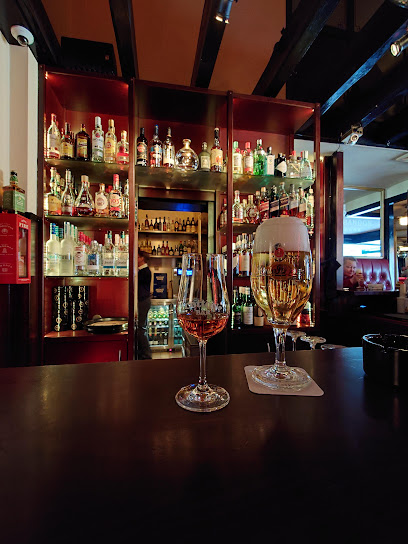
Katharinen-Theke
0.2 km
Discover the local charm of Bremen at Katharinen-Theke, a vibrant pub offering an extensive drink selection and a cozy atmosphere perfect for tourists.
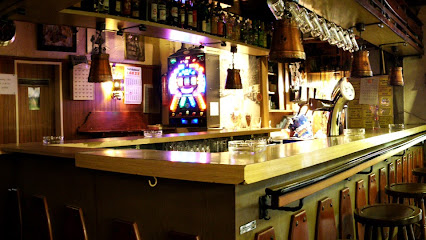
ATLANTIC Bar
0.2 km
Discover Bremen's vibrant nightlife at ATLANTIC Bar, where expertly crafted cocktails meet a cozy atmosphere, perfect for unwinding after exploring the city.

Blauer Fasan Bar Bremen
0.2 km
Discover the lively Blauer Fasan Bar in Bremen, where creative cocktails meet a vibrant atmosphere for an unforgettable nightlife experience.
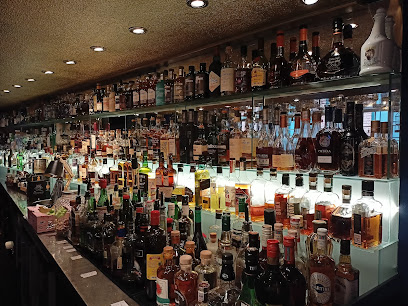
Lemon Garden - Cocktailbar Bremen
0.2 km
Experience the vibrant atmosphere and exquisite cocktails at Lemon Garden, Bremen's top cocktail bar and gastropub for an unforgettable night out.

Little Mary's Irish Pub - Bremen
0.3 km
Discover the heart of Ireland in Bremen at Little Mary's Irish Pub – a lively venue for authentic food, drinks, and music.
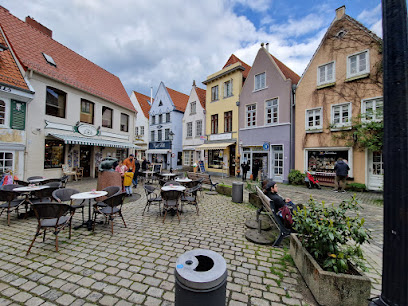
Teestübchen im Schnoor, Restaurant & Café
0.4 km
Experience the charm of Teestübchen im Schnoor, Bremen's cozy café offering exquisite teas, aromatic coffee, and delightful pastries in a historic setting.
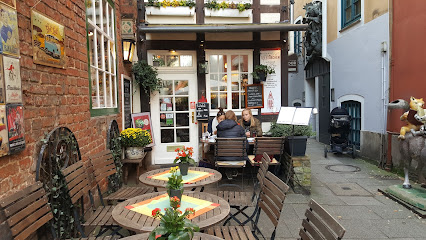
Concordenhaus
0.4 km
Experience Bremen's vibrant nightlife at Concordenhaus, a charming bar offering a wide selection of drinks and a lively atmosphere.

Grays Bar
0.4 km
Discover the vibrant atmosphere of Grays Bar in Bremen; a perfect blend of cocktails, local beers, and dart games in a cozy setting.
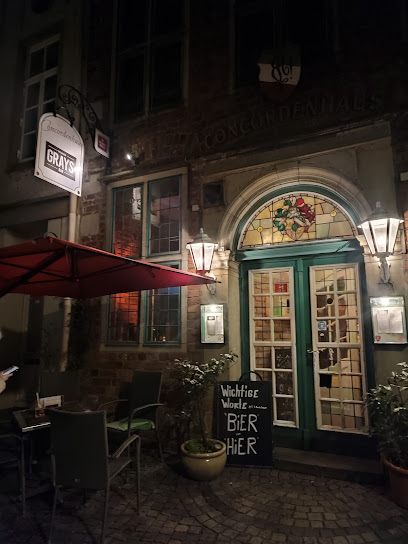
Schnoor Destille - Bremen
0.4 km
Experience authentic German spirits and a cozy atmosphere at Schnoor Destille, the heart of Bremen's historic bar scene.
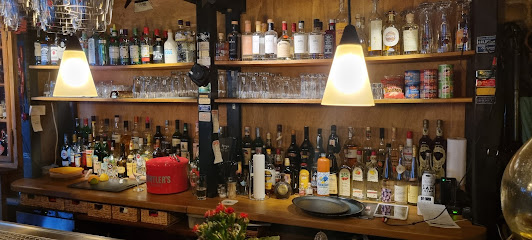
Red Rock
0.5 km
Discover the vibrant atmosphere of Red Rock in Bremen, where delightful drinks and a lively ambiance await you along the Schlachte river promenade.
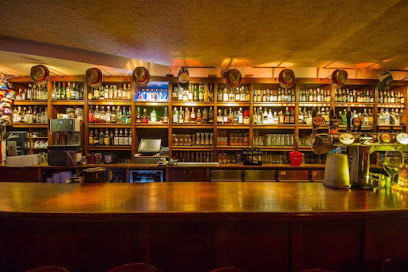
Rosso Bar - Bremen
0.5 km
Experience the vibrant nightlife of Bremen at Rosso Bar, where delicious drinks meet a welcoming atmosphere for every traveler.

Hill's Drinkery
0.5 km
Experience Bremen's vibrant nightlife at Hill's Drinkery, a local bar offering a wide range of drinks in a welcoming atmosphere.
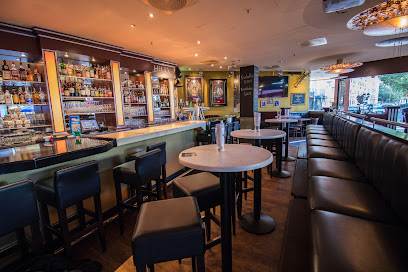
Brill No.6 - Bremen
0.7 km
Experience the vibrant cocktail scene at Brill No.6 in Bremen, a must-visit bar for unforgettable drinks and a lively ambiance.
